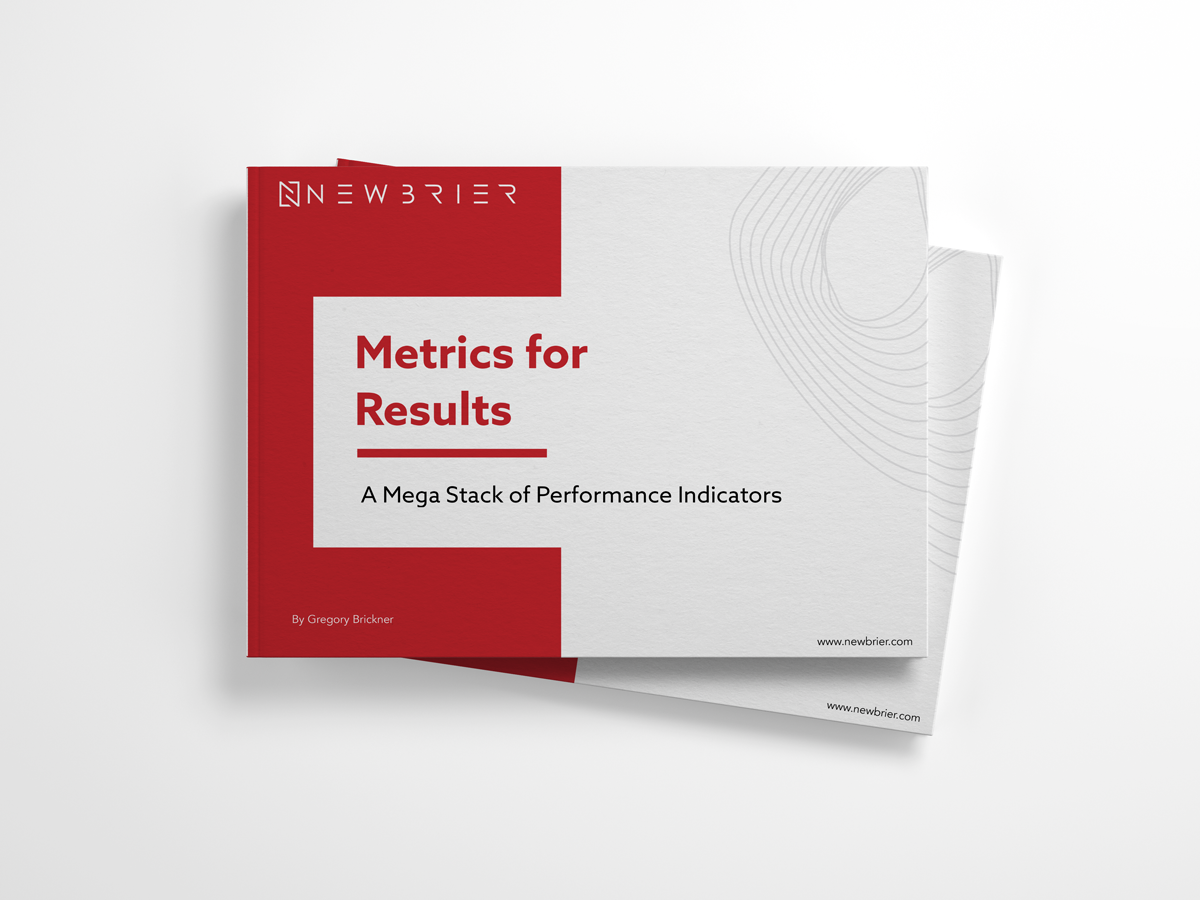
Navigating the financial and operational intricacies of a rural hospital requires astute leadership. As a CEO, one of your key roles is to monitor and manage Key Performance Indicators (KPIs) effectively. This article highlights seven crucial financial KPIs, providing you with the insights needed for sustainable hospital management.
1. Operating Margin
Why It Matters: This KPI provides an immediate snapshot of your hospital’s financial health, indicating the profitability of operations.
Action Points: Enhance revenue generation strategies and streamline costs to improve the operating margin.
2. Days Cash on Hand
Why It Matters: It reflects your hospital’s ability to sustain operations financially during unpredictable times.
Action Points: Develop strategies to build and maintain a robust cash reserve.
3. Patient Days
Why It Matters: This metric is essential for understanding hospital utilization, affecting capacity planning and resource allocation.
Action Points: Use patient days data to inform staffing and infrastructure investments.
4. Inpatient Payor Mix
Why It Matters: Understanding the diversity of revenue sources for inpatient services is crucial for financial planning and risk assessment.
Action Points: Aim to balance the payor mix to mitigate risks associated with reimbursement rate changes.
5. Outpatient Payor Mix
Why It Matters: This KPI offers insights into the financial dynamics of outpatient services, a growing sector in many rural hospitals.
Action Points: Develop outpatient services and contractual strategies that align with the most stable and profitable payor sources.
6. FTE Productivity Variance
Why It Matters: Effective staff utilization against workload is critical in managing labor costs and ensuring efficient hospital operations.
Action Points: Adjust staffing levels based on patient volumes and productivity data for optimal workforce efficiency.
7. 90-Day Forecasted Days Cash on Hand
Why It Matters: This forward-looking KPI helps in anticipating future financial stability, crucial for strategic planning and budgeting.
Action Points: Implement forecasting models and regularly update financial projections to maintain financial health.
Interpreting and Utilizing KPIs Effectively
The ability to interpret these KPIs and translate them into actionable strategies is key. For example, changes in the outpatient payor mix might necessitate different marketing or service expansion strategies. Similarly, the 90-day cash forecast can guide decisions on investments or cost-cutting measures.
Integrating KPIs into Organizational Culture
Promoting a data-driven culture is essential. Encourage engagement with these KPIs across all departments, setting clear goals that align with them. Regular reviews and discussions of these metrics should be a staple of leadership meetings to ensure organization-wide commitment to the hospital’s financial and operational goals.
Conclusion
As a CEO of a rural hospital, these seven KPIs are your compass in navigating the complex healthcare landscape. They provide comprehensive insights into your hospital’s performance, guiding you toward informed decisions that enhance financial stability, operational efficiency, and ultimately, patient care quality. Prioritizing and managing these KPIs effectively will be instrumental in leading your hospital to success.

Results Fanatic®
Newsletter
Latest Articles
- Understanding the True Cost of Underutilized Services
- Using the Theory of Constraints to Identify Bottlenecks in Patient Flow
- Making the Monthly Close Meaningful
- Cash Rules Everything: The Foundation of Hospital Decision-Making
- High Cash, Low Confidence: Understanding When Financial Strength Is a Mirage
